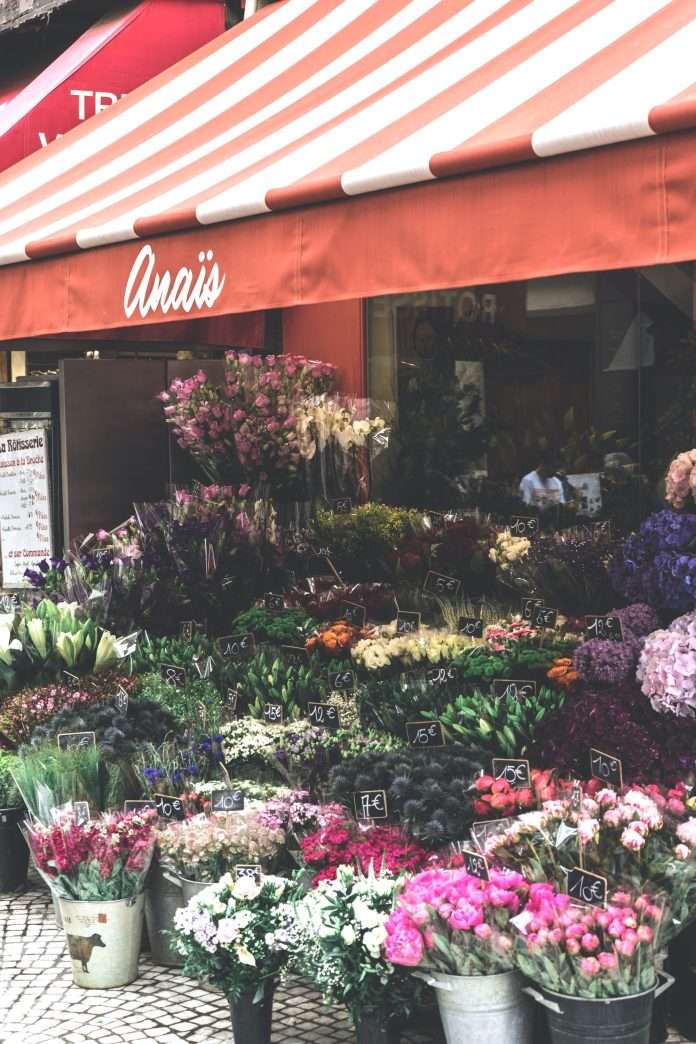Do you know what goes into that bouquet of roses? Chances are they’re not local flowers, and they’re coming with a big carbon footprint.
Emily Boschetto co-founded Matilda’s Bloombox seven years ago in her San Francisco garage along with her husband Matt. His family had a history of flower farming, and the couple was motivated to find a way to support local farmers and sell more of the area’s flowers.
“At that time we would build the boxes at night when the kids were asleep and then our deliveries would start at 3 am,” Boschetto tells Ethos.
She says the business was steadily growing, but then the pandemic hit. The small garage operation was now delivering more than a thousand flower boxes a week — some as get-well gestures, others as thank yous, and for other orders, it was simply a way to brighten the mood while isolating at home.
Things haven’t slowed down for the Boschettos since. The company is seeing double-digit growth and continued demand now as we’re entering the third year since the pandemic hit.
The cut flower market
The cut flower market is huge — globally it’s expected to reach $41 billion by 2027; in the U.S., it’s expected to grow from $34 million in 2019 to more than $49 million in 2028.
There’s more to those flower bouquets than just buoyed spirits, though. Most flowers are flown into the U.S. from Colombia, the leading exporter to the U.S. for cut flowers. It complicates the market for local growers and leaves a carbon footprint as big as, if not more so, than much of our food.
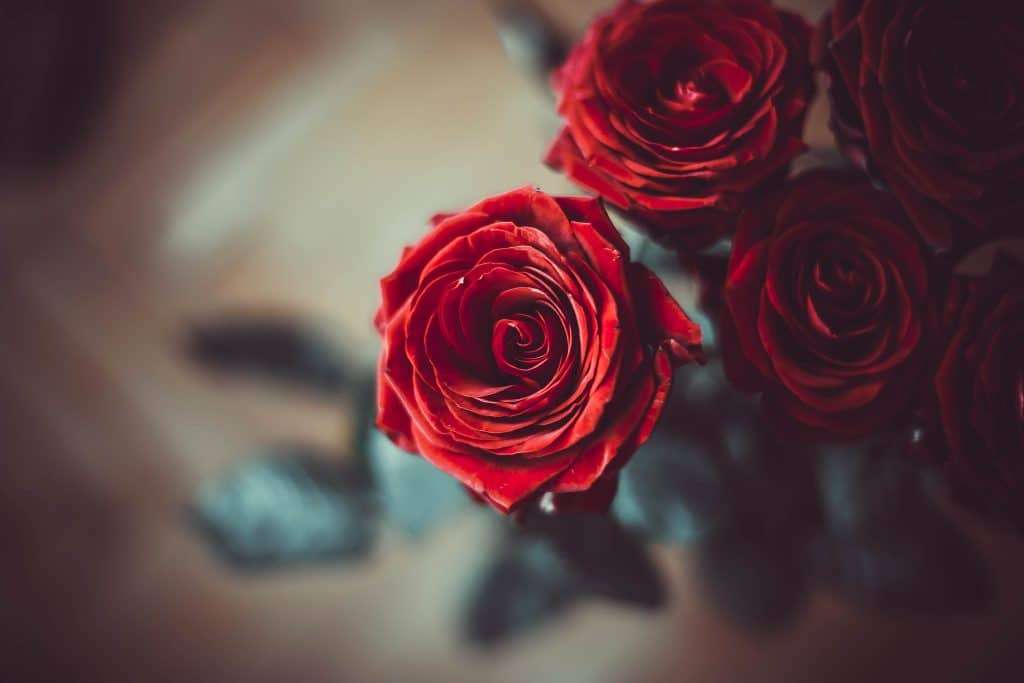
Colombia’s flower production — a byproduct of effective crackdowns on cocaine exports — has taken a toll on U.S. growers; in the last three decades, U.S. production of roses dropped about 95 percent, down from 545 million a year to fewer than 30 million.
According to The Washington Post, hundreds of cargo planes full of flowers fly from the Andes to Miami in the month before Valentine’s Day. In the three weeks leading up to Valentine’s Day alone, 30 cargo jets fly from Colombia to Miami every day as does a similar amount from Ecuador. This amounts to more than 15,000 tons of flowers delivered in less than thirty days. It’s similar on Mother’s Day, too. It’s estimated that Americans will spend around $2.9 billion on flowers for moms this year, and that comes with an environmental impact.
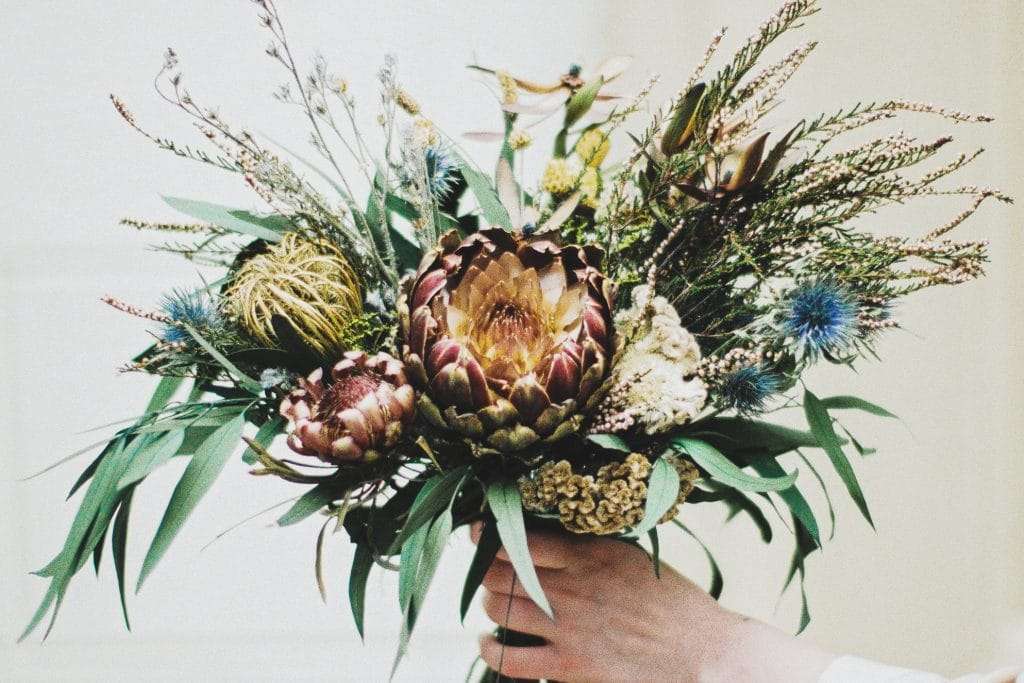
Experts say it’s difficult to estimate the exact carbon footprint of roses, but 100 million roses — the average number sold in the U.S. on Valentine’s Day — are estimated to produce about 9,000 metric tons of carbon dioxide. According to the EPA’s emissions calculator, that’s the equivalent of driving more than 22 million miles.
“At a global level, you often find the high volume flowers, like alstroemeria, lilies, solidago, spray roses for instance, are the flowers that are sold in the large supermarkets because these are the only flowers you can only grow in big, colossal volumes,” Boschetto says.
These bigger operations in other countries can rely heavily on chemicals, some of which aren’t allowed in the U.S.
Boschetto says there’s good reason to look local.
Locally-grown flowers
Flowers are grown across the U.S., she says, but California is the biggest flower state. “The climate here is perfect because it’s so varied. Our protea grower, for instance — his protea plants were planted here almost 40 years ago, and initially from South Africa. The climate on the coastline in California is very similar to South Africa; mountainous, microclimate, lots of wind to keep the temperatures slightly cooler, lots of sand and rock. It’s incredible the variety of landscape you find in California,” she says.
But as the global flower trade puts a damper on U.S. demand, Boschetto says many farmers are selling out to the booming cannabis industry. “It’s a hard life growing flowers, especially when the environment changes so rapidly, wildfire risk, drought, Covid, you name it, our farmers have seen it,” she says.
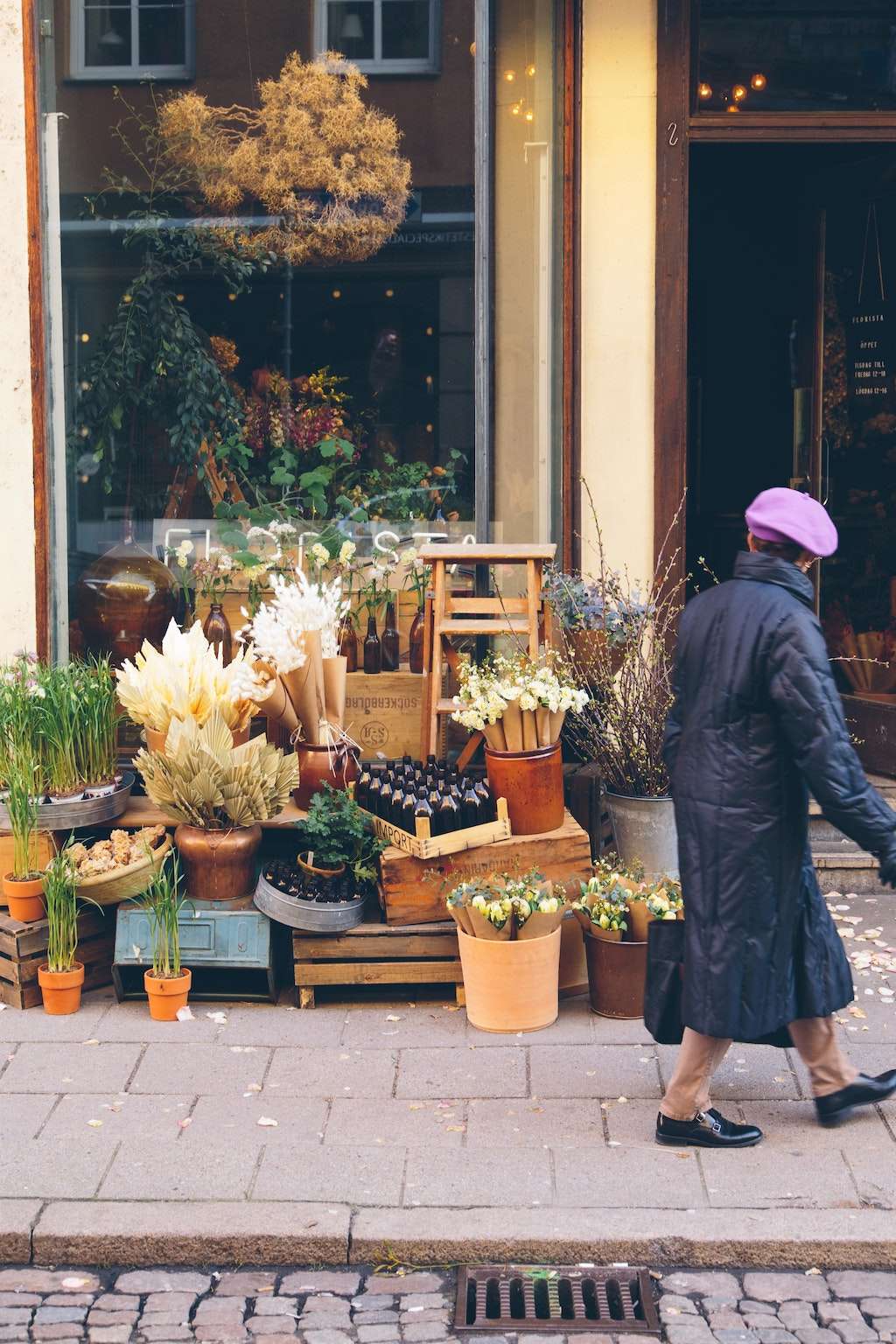
Many of the flower farmers Matilda’s sources from also grow fruits and vegetables, “rotating the soil is extremely important,” Boschetto says.
“Certain flowers require different nutrients. I know our farmers in San Diego grow lemons, kumquats, kale and avocados. Growing flowers, just like growing fruit and vegetables, is the salt of the earth of life.”
And while the local flower industry is still years away from rivaling the imports, Boschetto is inspired by the movement to support local. Matilda’s Bloombox is a supporter of the California Flowers Association.
“I love the campaign they are doing at the moment about flowers bringing mindfulness and joy into your life. Personally, I’ve never known anyone to receive a box of flowers and not smile. It’s the small joy in our lives that just makes life better,” she says.
The bigger point though, Boschetto says, is that there is beauty in small-volume farmers.
“In the same way that food tastes better when it’s not mass-produced, flowers smell better, they look better and they last longer. That’s the beauty that we’re trying to share.”
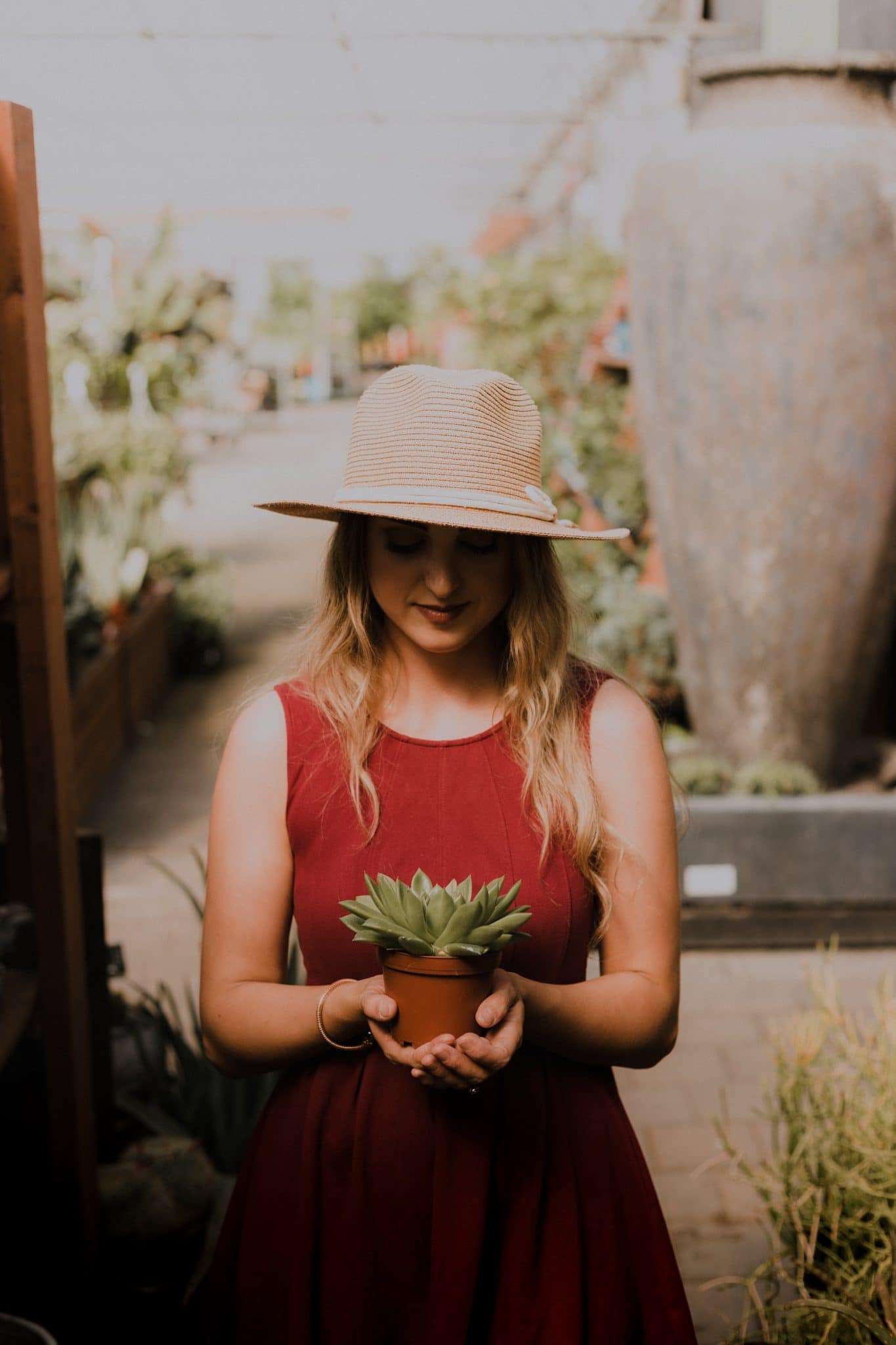
And to the question every florist hears this time of year: roses or something else? Boschetto recommends going the opposite direction and finding something more interesting than roses. And of course, going local.
“I’m not a red roses kind of girl,” she says. “This year we’ve secured a limited amount of Empress Protea and they are fabulous.”
There’s another alternative, too: houseplants. When properly cared for, they can last years—decades, even—and they provide a local, sustainable alternative to imported cut flowers.
Related on Ethos:

